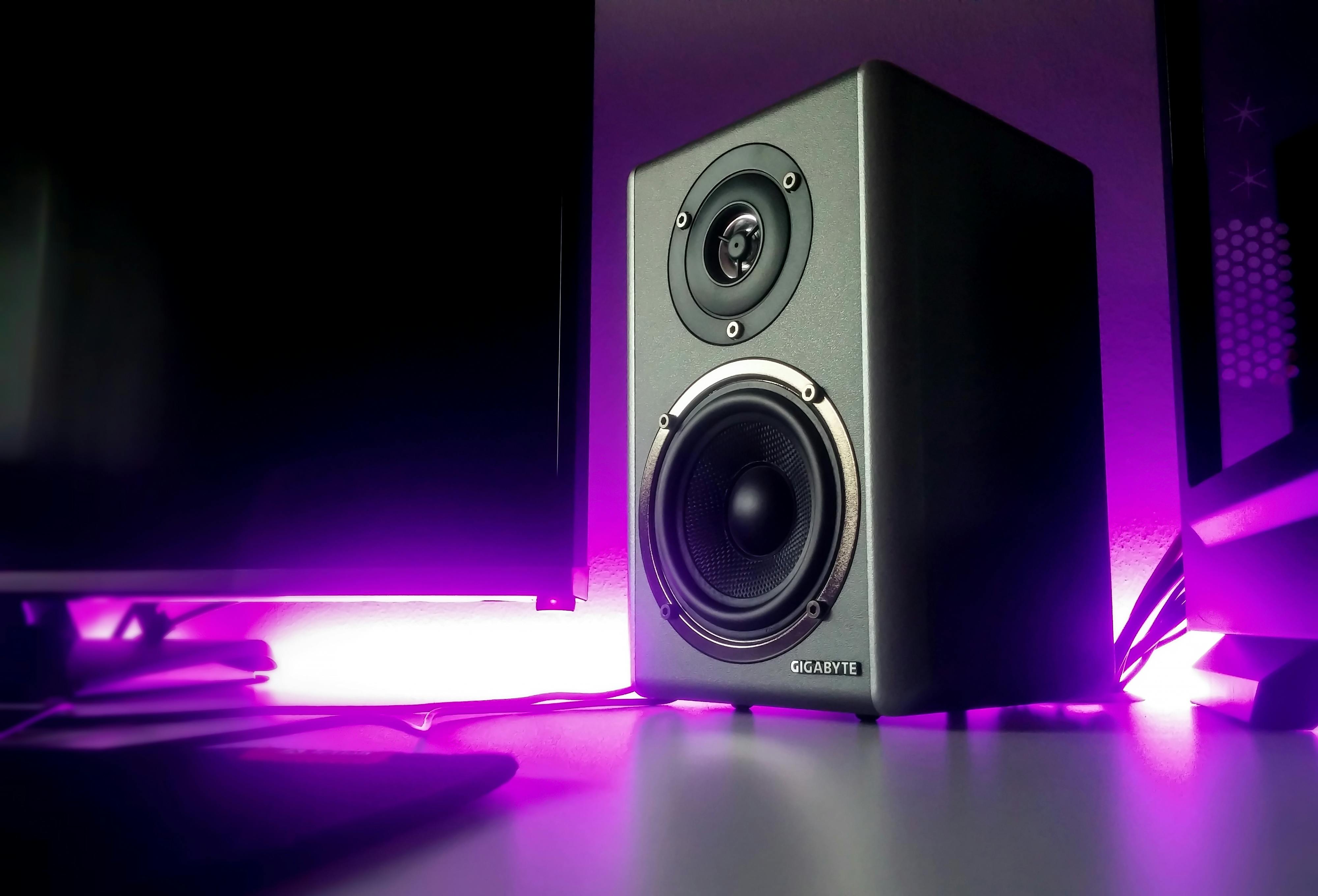A video conference can be described as a real-time communication between two or more people from separate locations. Video conferencing involves the transmission of video, audio, and sometimes also text between locations. Videoconferencing in its simplest form can be the transmission of still images and text between two different locations (peer-to-peer) or it can be very sophisticated with transfers of full-motion video images and high-quality audio between two or more locations ( point by point). ). It can be taken simply as a video phone call. Following the current trend, it will one day become the first choice when it comes to distance communication.
Need for video conferencing
•codec; this is also known as the encoder or decoder. It is the software or hardware that digitally compresses audio and video streams in real time so that it can be sent to another location.
•Video input: The necessary hardware to capture the images that will be sent to the other end point. Video input devices can be video cameras, web cameras and other image capture devices.
•Video output: The device with which we receive the compressed digital video signals from the other end. It can be a computer monitor, projector or television.
•Audio input: The technological equipment used to capture the audio to be sent to the other point or points. It can range from CD/DVD player, cassette player, microphone, or any other PreAmp audio output source.
•Audio output: All kinds of speakers with which we receive audio signals from the other end.
•Data transfer: The network through which video telephony is made possible. The network may be a simple analogue or digital network, or it may also be a high-speed data transfer network such as a LAN or the Internet.
Benefits of video conferencing:
•Save time and money spent on transportation for face-to-face communication.
•Better than audio communication over the phone, as face-to-face communication (even though they may be miles apart) adds non-verbal communication that helps build a greater sense of familiarity with people you’ll never really meet.
•In sophisticated video conferencing setups, there is the option to send documents and attachments. They can be presentations and business plans at the enterprise level. On a personal level, you can exchange photos and emails.
Video conferencing uses
•Business: Video conferencing helps speed up communication between employees, regardless of geographic location. Online support given to customers and clients in turn results in great financial gains. Time management and reduced travel for meetings and presentations lead to overall growth.
•Education: Through this technique you can create a virtual classroom with professors and speakers from all over the world. With this technology, students can be exposed to zoos, museums, and other heritage sites around the world. This is also known as virtual tours.
•Health and medicine: Telemedicine and telenursing depend to a large extent on this technology. Consultation and diagnosis of patients can be carried out in real time, which is a great help since a human life may be at stake. With its help, medical professionals can discuss cases and exchange ideas over long distances.
• Law: Through it you can testify in court. This can be used when security risk and expense are in question.
•Media: Media interact in the field with studio newscasters; thanks to technology.
Despite all the advantages of video conferencing, it also has its own weaknesses. In addition to the technical complexities of setting up a video conferencing setup, it can affect communication as there is a chance that participants could become conscious with a camera being pointed at them and possibly even recording the videos.
